This year I grew several varieties of peppers. In a twist from most years, I only grew sweet peppers. This was not entirely the plan as I had some old pepper seed given to me from a friend. I have no idea what they are called but I liked them. They had a touch of heat and a nice meaty flesh. A wonderful pepper indeed. Because of this I decided to save some seed to try to grow it myself. That was 11 years ago, as I recall. I finally did it this year. Some old seed saving from an old pepper, planted in my new garden.
What I got was not like its parents but was absolutely delicious. It was sweet and meaty and grew very well in my climate. The genetics of the plant are suspect but I am going to work on trying to stabilize it genetics and make it the mainstay pepper of my garden. As a result, it is seed saving time for my peppers.
The Refined Pepper Seed Saving Technique
First you need a pepper. While you can do all this with a full sized green variety, you will have better luck waiting until it is ripe. I mean really ripe. The kind of ripe where your pepper looks like your grandpa with all its wrinkles, kind of ripe.
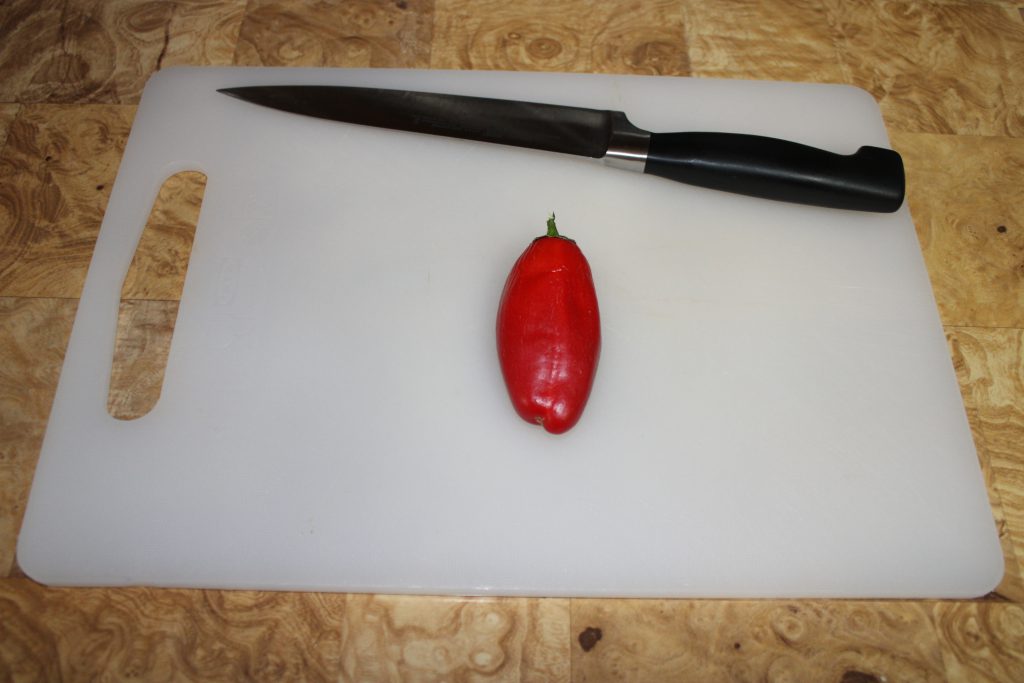
Why wait? The older the pepper, the better the germination rate. A full size pepper is going to have good seed but the ripe version has more of them. I suspect they are also stronger seed but I have never found actual proof for that in the literature.
Now there are two ways I use to save pepper seed. Sometimes, I will go along the top then make shallow cuts down. I tend to use this less if I am trying to save all the seed. The risk of catching a seed with the knife is way higher.
The way I will show is going from the bottom tip and moving up.
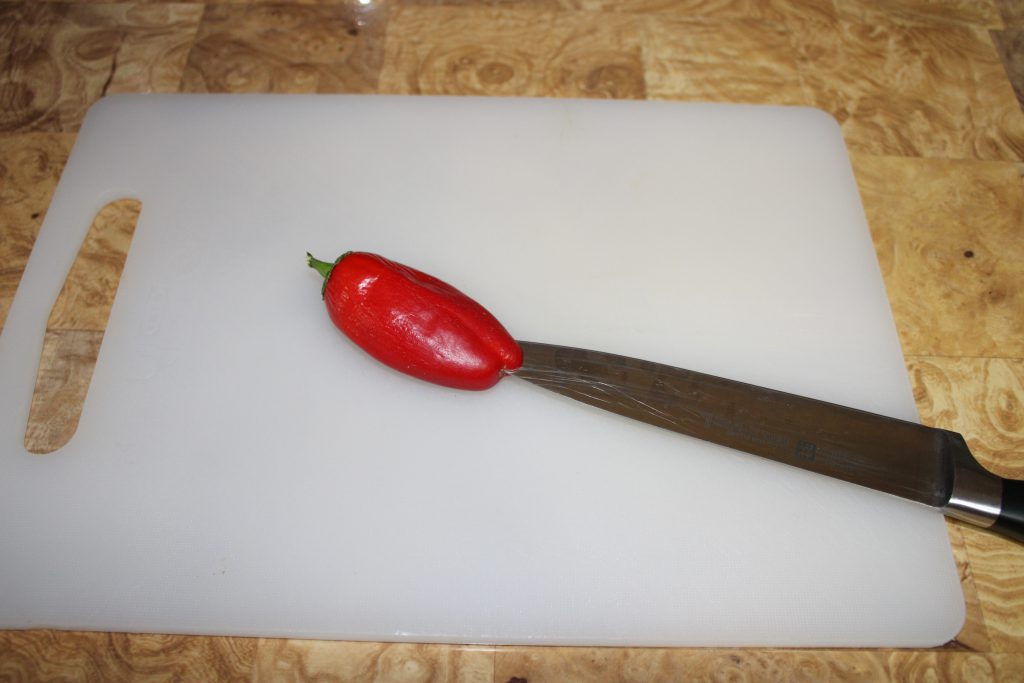
Plunge your knife into it. You can go a bit deep because the seeds are not likely to be down here. However as you go towards the crown of the pepper, make your cut shallower and shallower.
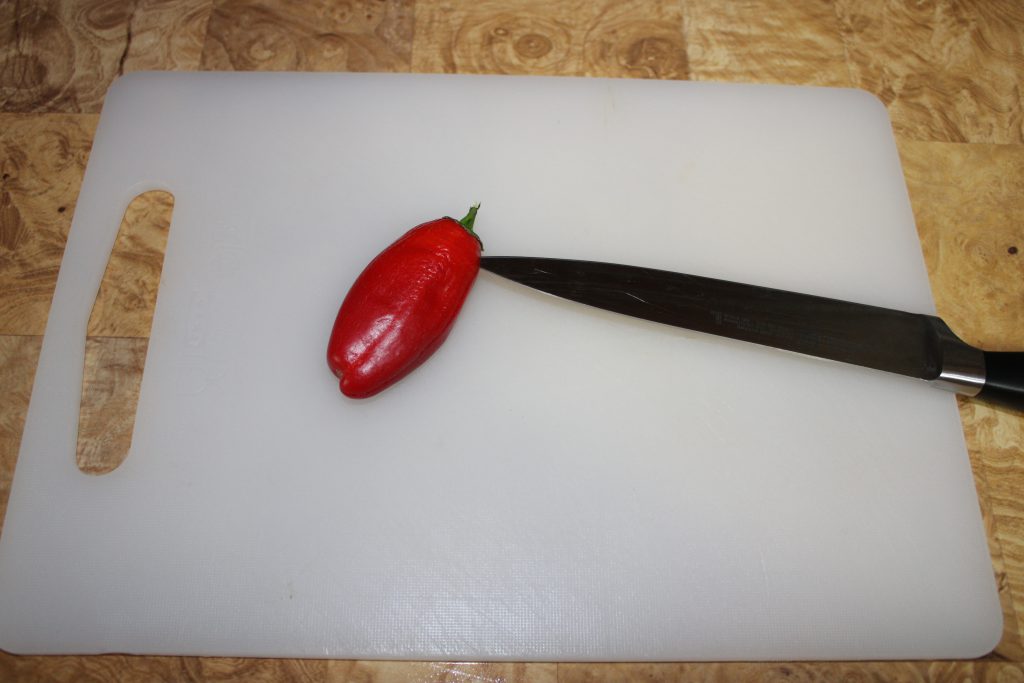
I mean shallow. Ideally you want to break the skins without cutting through the flesh.
Now peel it open to see what you are working with in the pepper. This one was pretty good. It had lots of seed tightly clustered at the top.
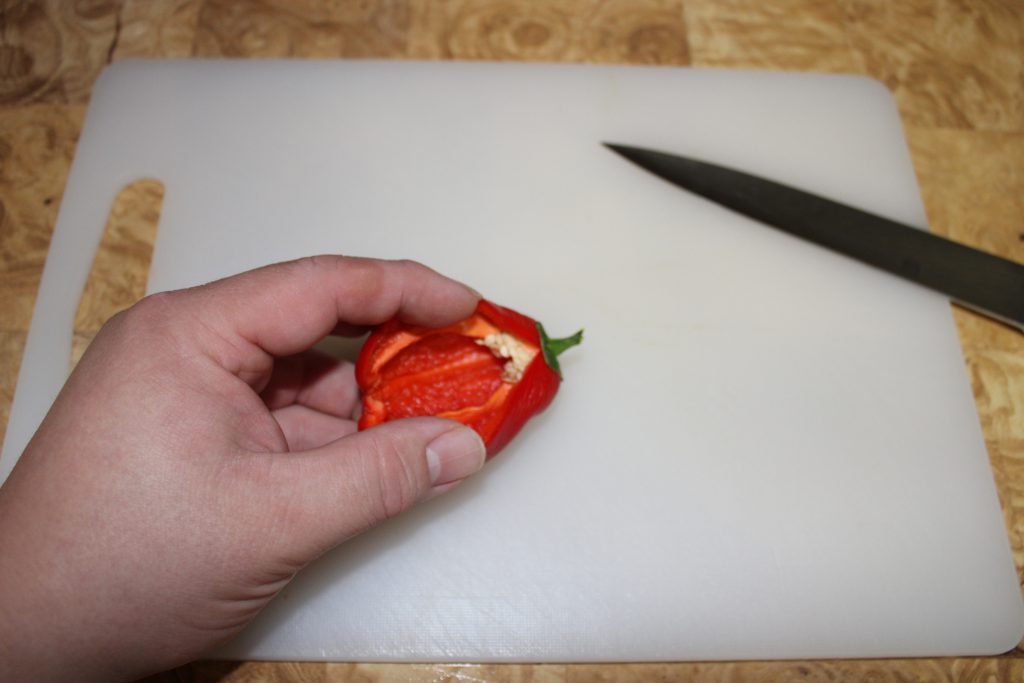
With a really ripe peppers, the flesh tears pretty easy. You want to work that pepper flat by tugging on the flap next to the stem. This way we open her up and allow our fingers to get access.
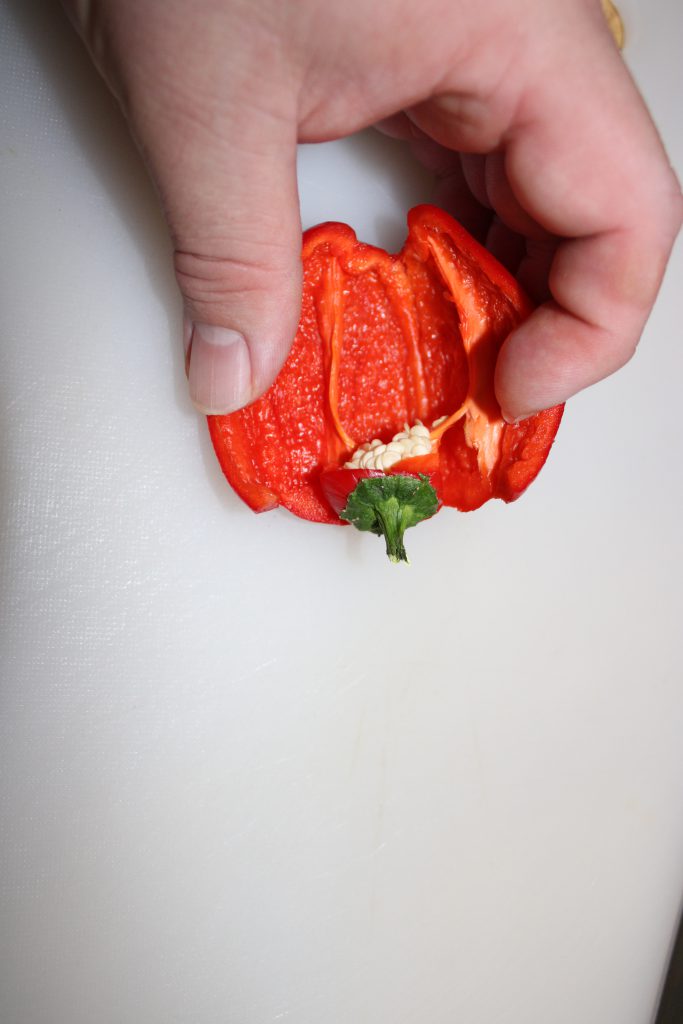
Get your finger into it and scoop out the seeds. The riper the pepper the easier this will be. You might get the stem. That is great. It makes it easier to prep the pepper for cooking.
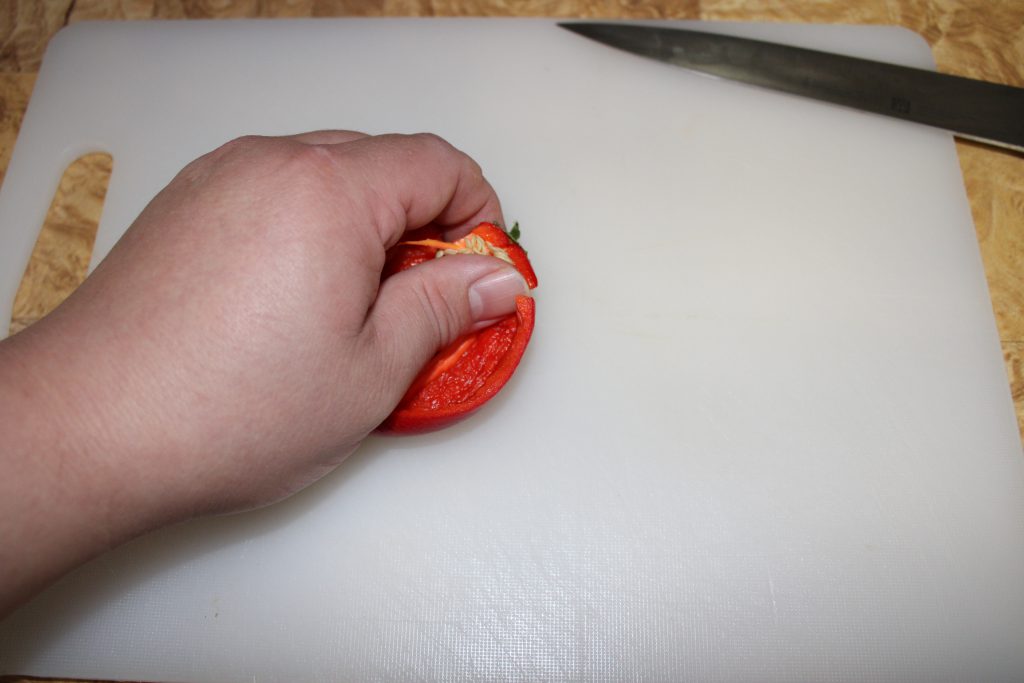
Yes, this pepper is still good for eating. Wrinkly peppers just mean they are as sweet as they get. While I might not use it in an application where crispness is needed, these kinds of peppers can make killer fajitas. The sweetness plays through the spices and richness of the meat.
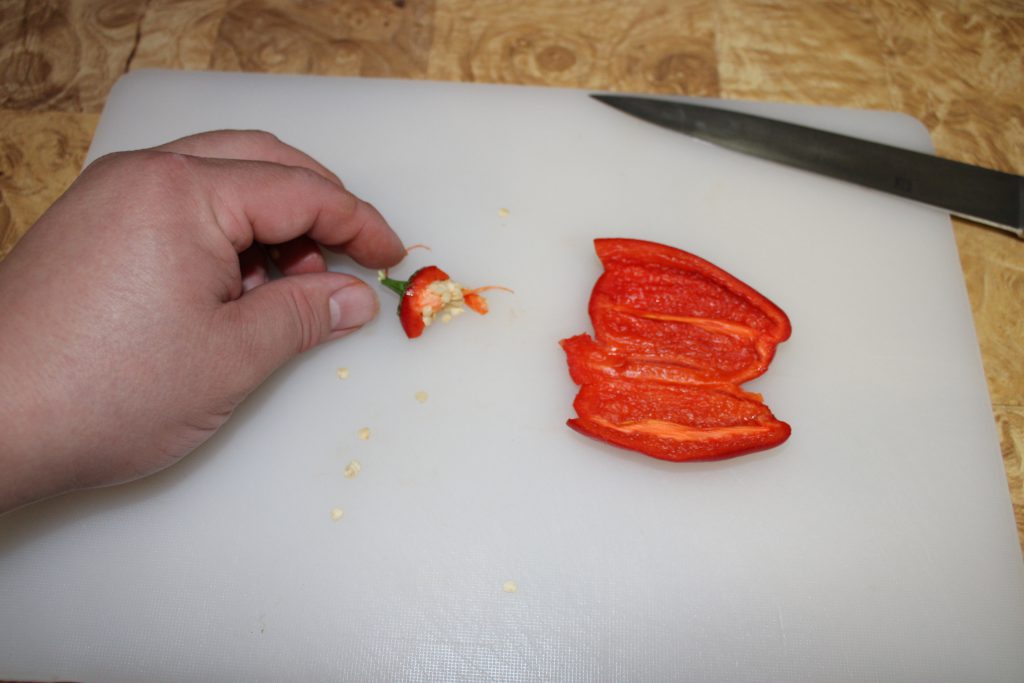
Now work the peppers placenta. Oh that sounds so wrong but it is indeed what it is called. I will warn you on hot peppers this is where the glans that produce the capsaicin is located.
Make sure to wash your hands thoroughly and aggressively before, touching your eyes or going to the bathroom when working with peppers. You might go so far on hotter ones to wash your hands with full fat milk then soap and water. The casein protein can bind with capsaicin and it is fat solvable so the milk fat should help.
If you are allergic to milk then don’t slather yourself with milk.
If it gets in your eye, don’t wash it with milk. I have no idea what the acid in the milk will do, go seek help or contact poison control, here is an article from poison.org you can use at your own risk. I’m a gardener, not a doctor dammit.
The things I do to keep my readers from earning a Darwin Award.
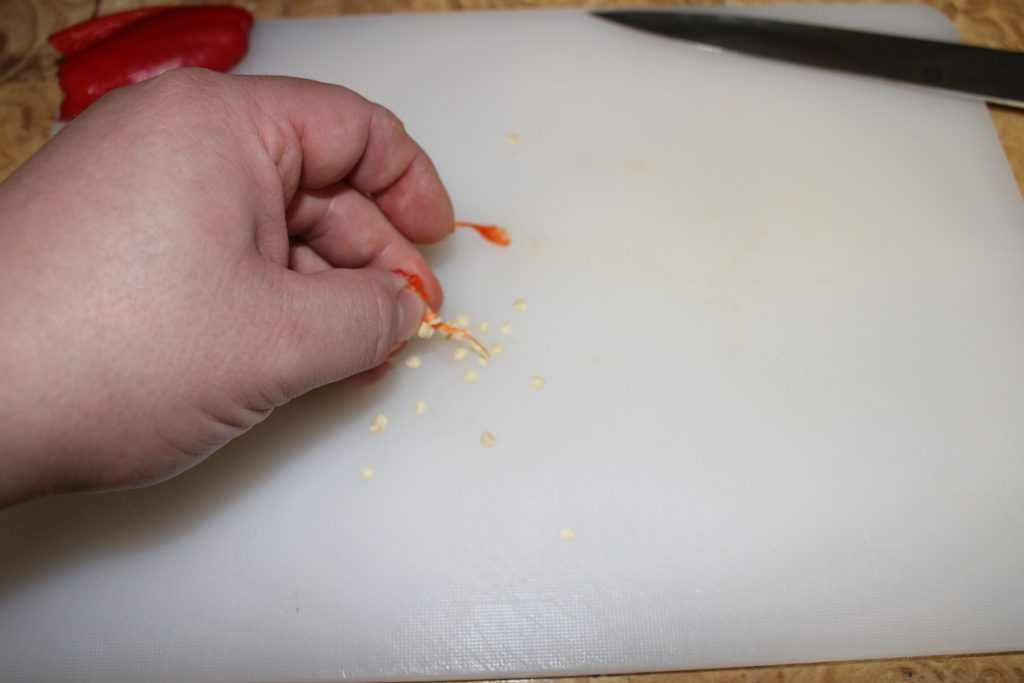
Once the seeds are removed, you can chuck the placenta or give it as a strange gift to one of your trendy friends with a whopper of a story attached about its health benefits.
I like to use a knife to scoop up the seeds though a bench scraper is a safer choice.
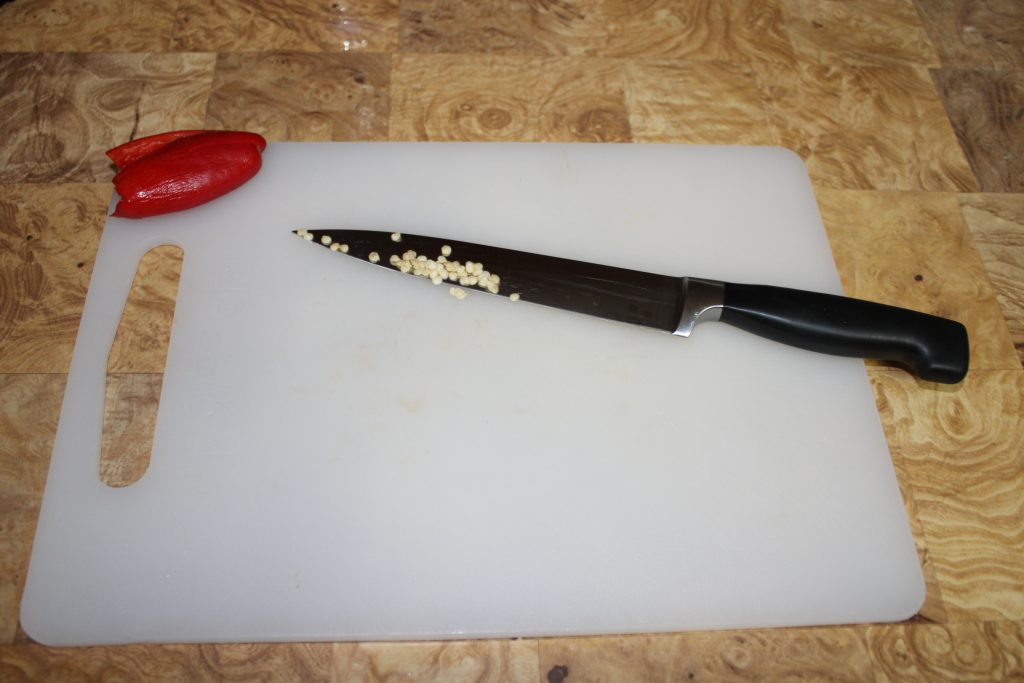
These seeds are wet so we need to dry them out. If they mold, then you won’t have pepper plants next year. I like to use a silicone baking mat but I have also used a wide bowl.
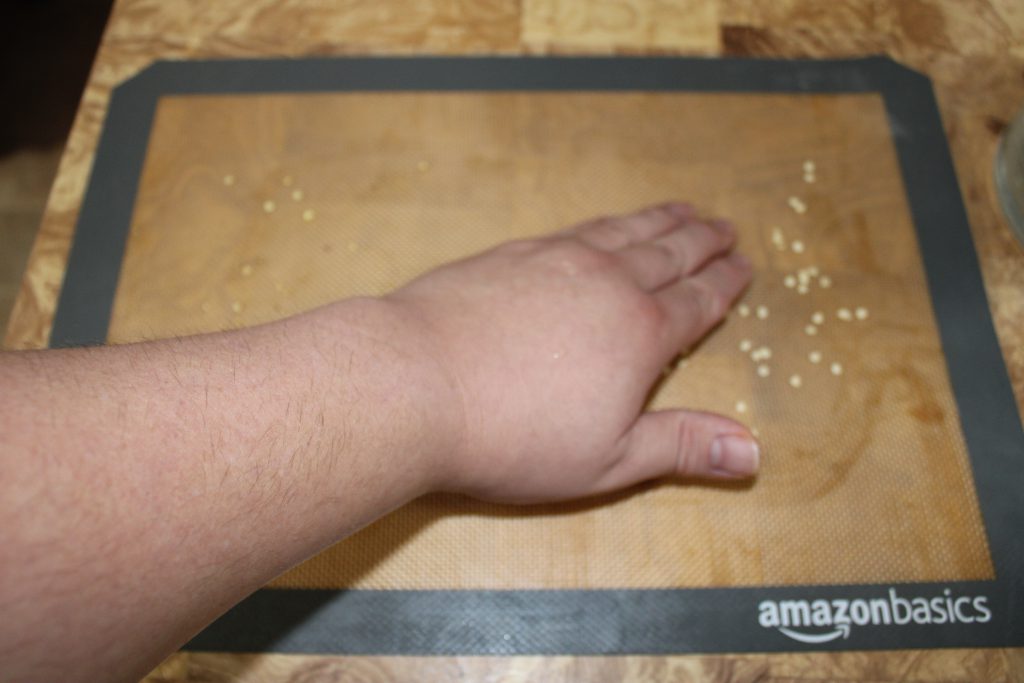
Dump and spread them out. Your goal is to make sure the air can get to the seeds and they are not too close together.
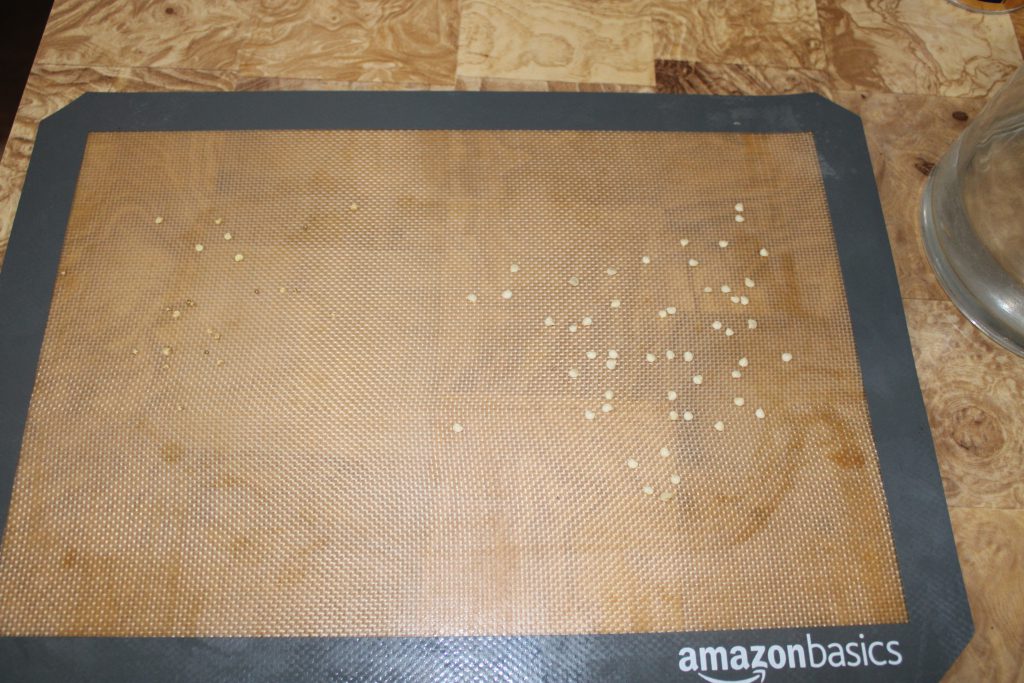
Other Ways of Saving Seed
If you are willing to sacrifice your pepper to pepper flakes production. You can dry your pepper pod and process the seeds by cracking open the dry pepper before processing. If you use a dryer, you do risk harming the pepper seed through heat exposure. It will probably be fine but it would not surprise me if the seed life is less than using air drying.
Then there is the quick and easy Slash and Store. We do all the processes above but accept that seed loss will happen. Just cut the pepper’s top off and cut it down the middle. When you have enough seed, this becomes the method as it is fast and effective. I am trying to keep as much of the genetics intact as I can so that is why I am playing like a surgeon rather than a butcher.
Final Considerations
You might consider using gloves for hot peppers. Some people are more sensitive to it then others.
Now this might sound insane and is a must for really hot peppers you are turning into powders. Wear a respirator and goggles, because inhaling that stuff might actually be able to kill you. At a minimum, you will wish it killed you for several hours after the fact. There is no cure for hot pepper in the sinuses other than time.
These techniques work on all kinds of peppers. This year, I have used it both on these peppers and my pimentos that I want to expand production of next year. That, however is another story to be told in 2022.
Peppers are both some the easiest and most dangerous seeds one can collect. If stored in a cool, dark place the seed can last a freaking long time.
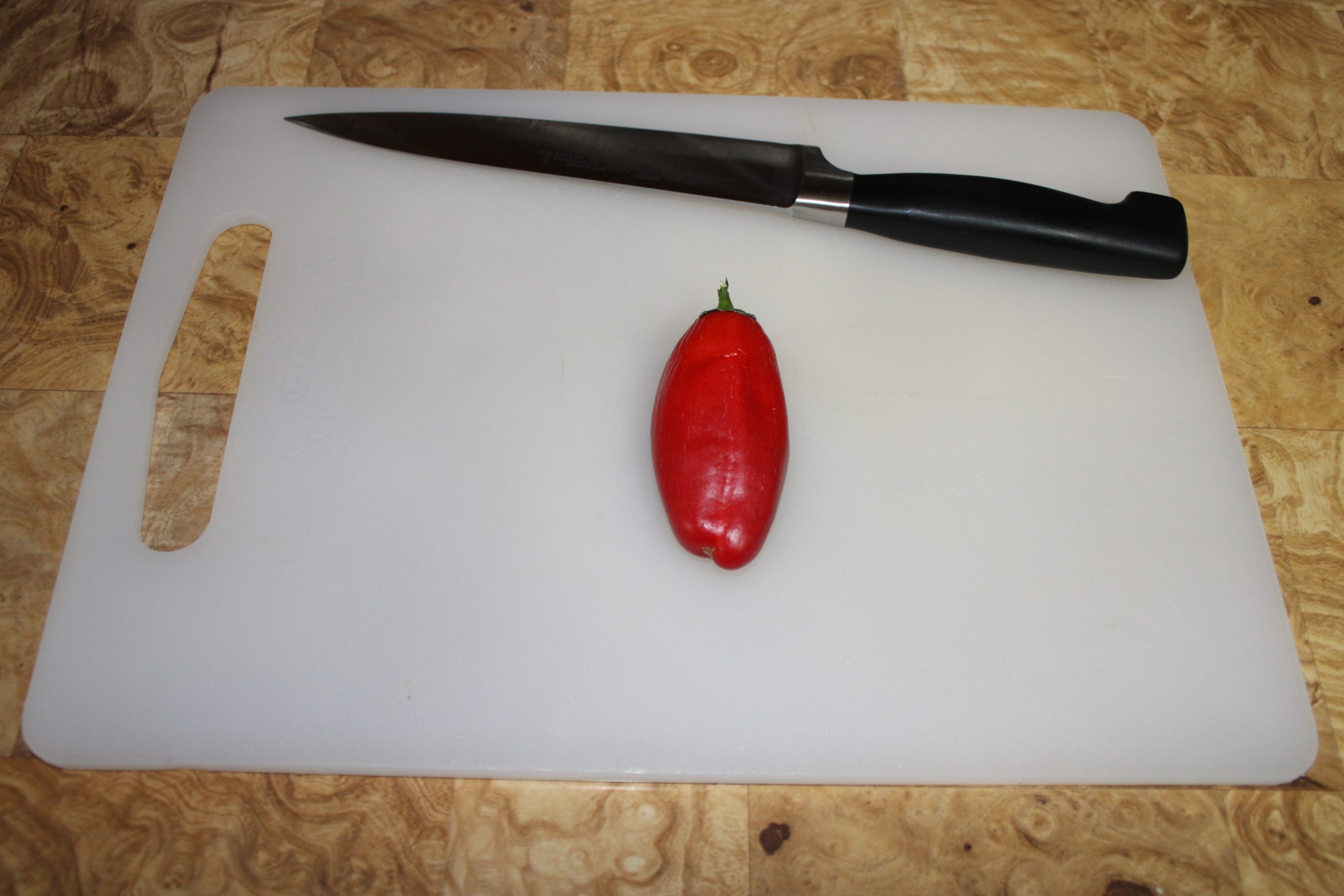
2 responses to “What Peter Piper Forgot: A Pepper Seed Saving Tale”
Love it ❤❤
Thank you